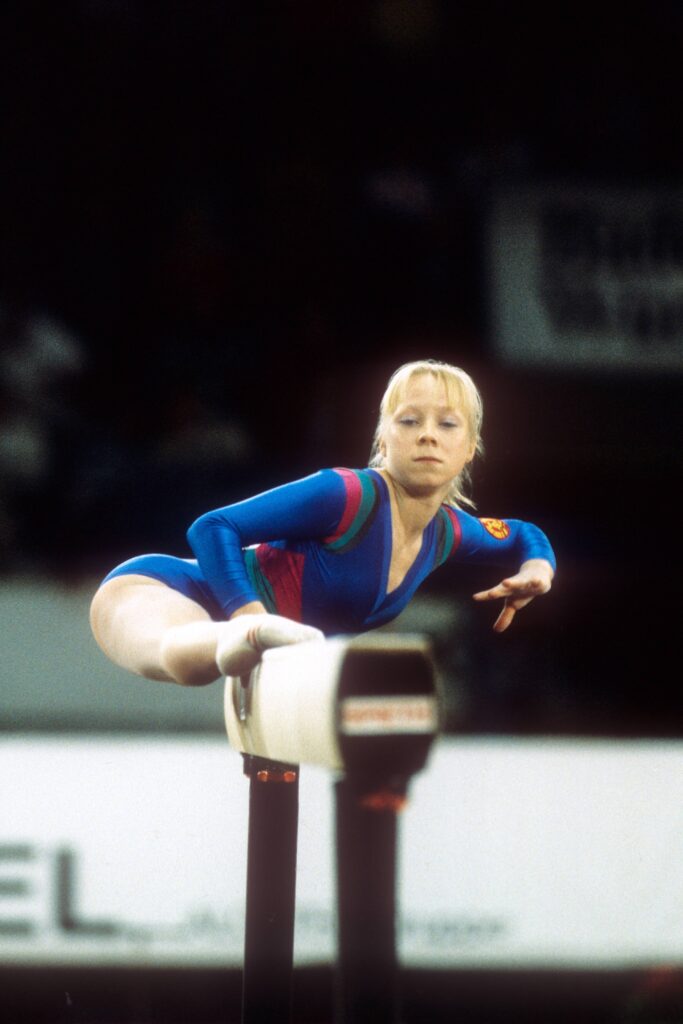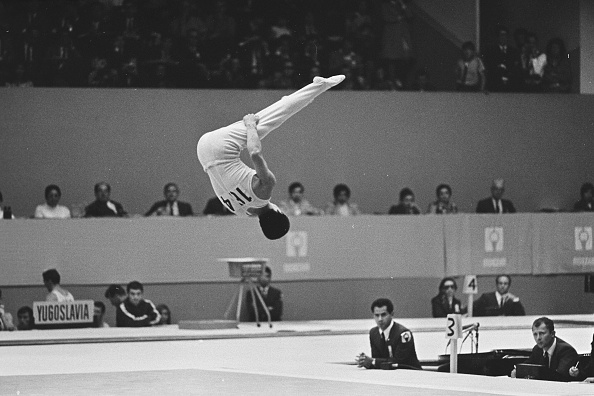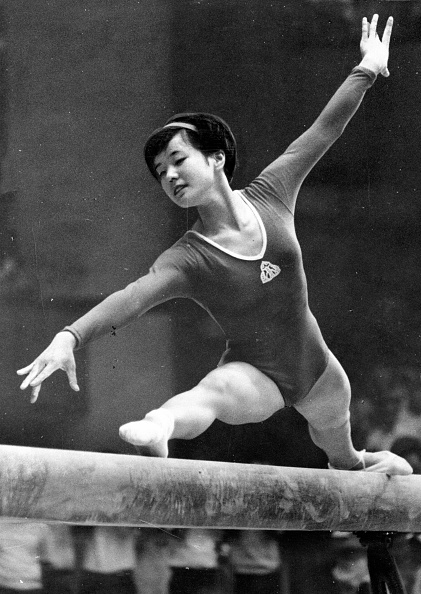Across two decades, in the same city, two East German girls lived out almost identical stories.
In the 1960s, Christiane Fröhlich was a sturdy child with quick reflexes and the kind of discipline coaches called turnerisch veranlagt—born for gymnastics. By seven, she was training five days a week; by sixteen, she was broken. Her coaches pried her knees backward to force flexibility, held a lighter under her calves when she could no longer lift her legs, and starved her until her vision went black. When she finally retired, her body was permanently damaged—spine fused with metal, nerves shot, walking possible only with crutches.
Two decades later, Antje Wilkenloh, the last East German champion, followed the same path through the same city. She, too, was chosen young, molded by repetition, and told to ignore pain. By thirteen, she was training up to six hours a day, her childhood disappearing into drills and conditioning. Fear of the coaches kept her silent as injuries accumulated: swollen fingers, a broken nose from the uneven bars, operations on her elbow, toe, ankle, and knee. Like many girls around her, she took painkillers before practice because she knew what training would demand.
Despite the difference in years, their experiences map onto each other with striking precision: early talent, escalating injuries, pressure to perform, and an adult world that treated their pain as routine. Both entered the system healthy and hopeful; both left it with bodies that would shape the rest of their lives.
Their stories, told here through two contemporaneous Der Spiegel profiles—one published in 1994, the other in 1995—show what remained after the routines ended and the state itself was gone.



